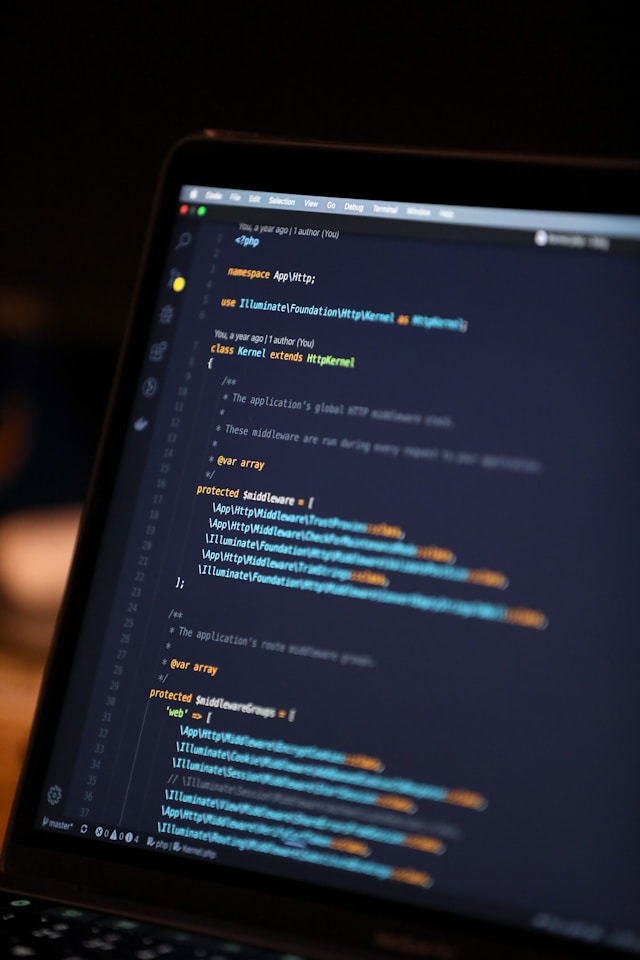Setting Up Flutter Development Environment
Since you’ve decided to develop apps using Flutter, let’s set up an environment where app development is possible.
I will guide you through the installation process using Windows 11 and Windows PowerShell.
If PowerShell is unavailable, you can use Command Prompt (CMD) instead.
After installing Flutter, you can run `flutter doctor` to manually resolve installation requirements,
or simply follow this guide to set up your environment.
What is Flutter?
Flutter is an open-source UI framework developed by Google that uses the Dart programming language.
It supports building Android, iOS, Windows, and more from a single codebase.
I primarily work on Windows and Android, but the advantage of managing everything with one codebase convinced me to choose Flutter.
Installing Flutter
1. Visit the Official website, click [Get started], and download the Flutter SDK (.zip) for your operating system.

2. Extract the zip file and move it to C:\flutter.

3. Search for “Edit system environment variables” in the Windows search bar and click [Environment Variables].
4. Select Path under “System variables” and click [Edit].
5. Click New, enter C:\flutter\bin, and click OK.

6. Open PowerShell and run flutter –version to confirm that Flutter is installed successfully.
A brief message will appear after running `flutter –version`. I opted to proceed without taking any additional steps.
Installing Android Studio
To use Android SDK and Emulator for Flutter development, install Android Studio.
Download Android Studio from the Official website.

2. After installation, launch the program and click More Actions > SDK Manager.

3. Ensure the following items are installed under SDK Tools. If not, select them and click [Apply].

– Android SDK Build-Tools
– Android SDK Command-line Tools
– Android Emulator
– Android Platform-Tools
4. Click [OK], then go to More Actions > Virtual Device Manager from the main screen to create a virtual device.

– You can use the default devices or create a new one by clicking the [+] button.
5. Add the Android SDK environment variable (refer to the Flutter environment variable setup for guidance):
– heck the Android SDK location: Settings > Languages & Frameworks > Android SDK
– Add the Android SDK path to the environment variables:
– Create a new variable ANDROID_HOME with the value C:\Users\<YourUserName>\AppData\Local\Android\Sdk.
– Add C:\Users\<YourUserName>\AppData\Local\Android\Sdk\platform-tools to the Path.
Installing VSCode
1. Download Visual Studio Code from the Official website.

2. After installation, open Extensions (shortcut: Ctrl + Shift + X) and install the Flutter plugin.
The Dart plugin is automatically included with the Flutter plugin.
3. If VSCode’s English interface is inconvenient, search for and install the Korean Language Pack.
Verifying Flutter Installation
Run flutter doctor in PowerShell to verify the setup.

flutter doctor checks for issues and provides guidance for resolving them.
Follow this guide step-by-step, and most problems should already be resolved.
If you still encounter issues like [!] or [X], here’s how to address them:
PS C:\Users\[username]> flutter doctor
Doctor summary (to see all details, run flutter doctor -v):
[√] Flutter (Channel stable, 3.27.2, on Microsoft Windows [Version 10.0.26100.2894], locale ko-KR)
[√] Windows Version (Installed version of Windows is version 10 or higher)
[!] Android toolchain - develop for Android devices (Android SDK version 35.0.1)
! Some Android licenses not accepted. To resolve this, run: flutter doctor --android-licenses
[√] Chrome - develop for the web
[X] Visual Studio - develop Windows apps
X Visual Studio not installed; this is necessary to develop Windows apps.
Download at https://visualstudio.microsoft.com/downloads/.
Please install the "Desktop development with C++" workload, including all of its default components
[√] Android Studio (version 2024.2)
[√] VS Code (version 1.96.3)
[√] Connected device (3 available)
[√] Network resources1. Android toolchain issue
This issue occurs because the Android license agreements haven’t been accepted.
Resolve it by entering the command below and agreeing to the terms by pressing y.
flutter doctor --android-licenses2. Visual Studio not installed
This is necessary only for developing Windows apps.
If you’re focused on mobile app development, you can skip it.
However, if you plan to create Windows apps, install Visual Studio and select the “Desktop development with C++” workload.
3. Recheck after issue resolution
Run flutter doctor again in PowerShell to ensure all problems are resolved.
Creating a Flutter Project
With the environment set up, you can now start developing your app.
Here’s how to create a simple project:
1. Open VSCode and go to View > Command Palette (shortcut: Ctrl + Shift + P).
2. Select Flutter: New Project.
3. Choose a project type (usually Application).
4. Specify the folder where you want to create the project.
5. Name your project.
6. A folder with the project name will be created, containing the basic files needed for development.
7. Begin development as desired.
You can use a virtual device for development or connect a real device to test directly.
Additionally, Flutter’s Hot Reload allows you to instantly see changes, enhancing development efficiency.
I’ll share more tips and insights about development as I progress. Stay tuned!


